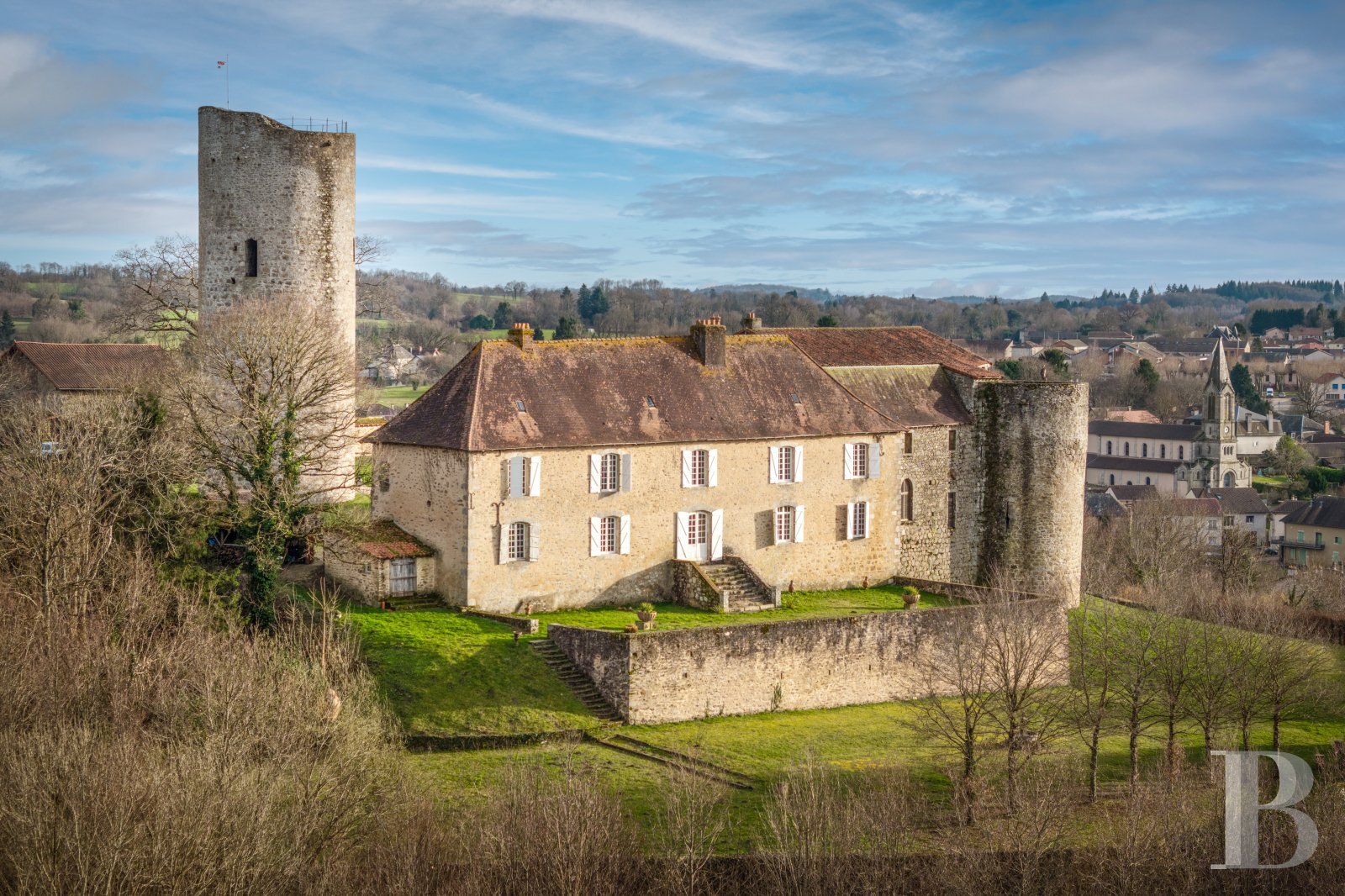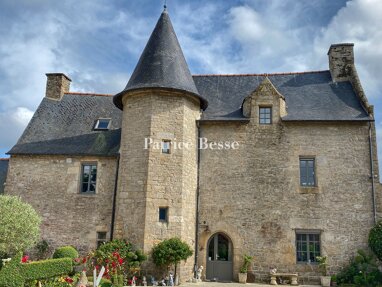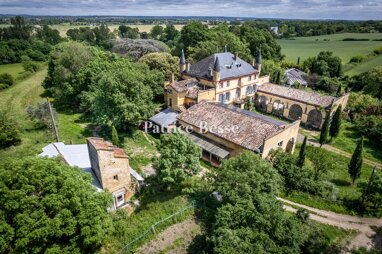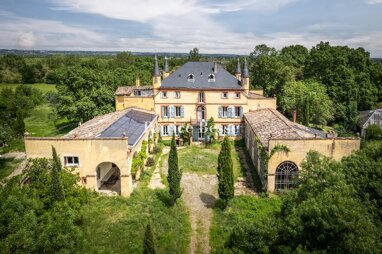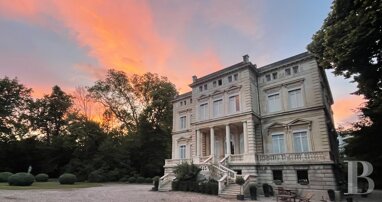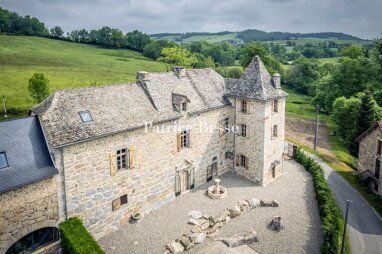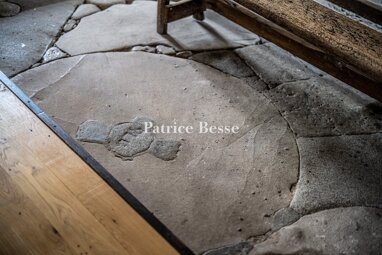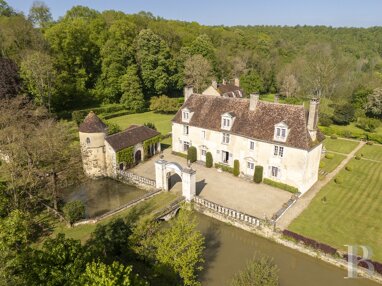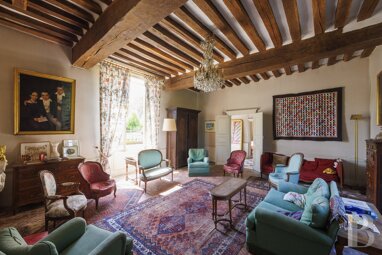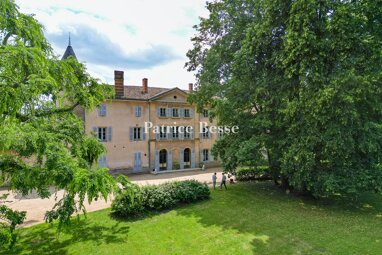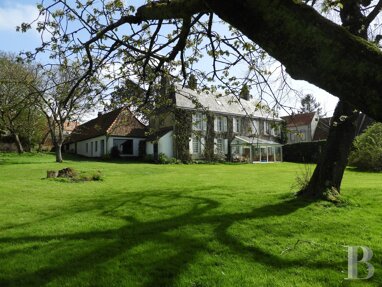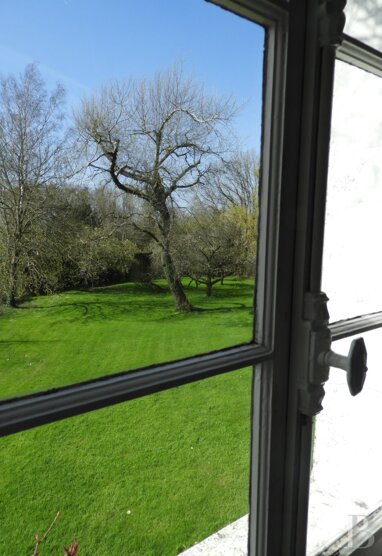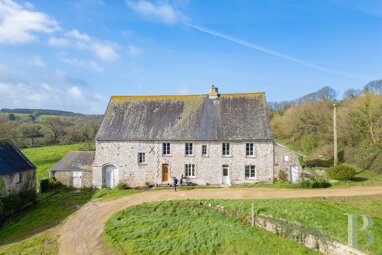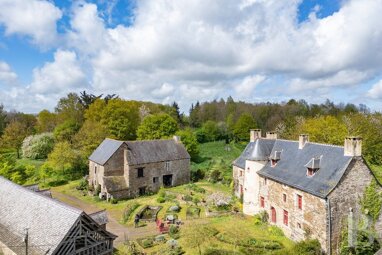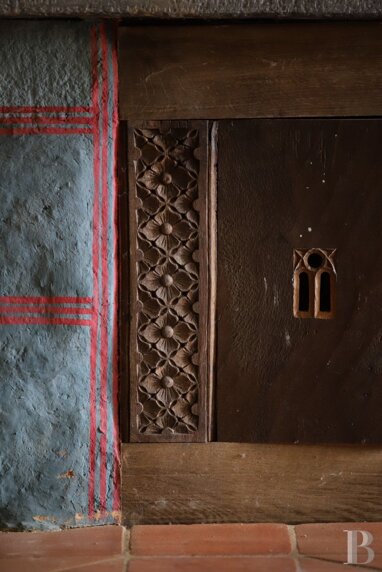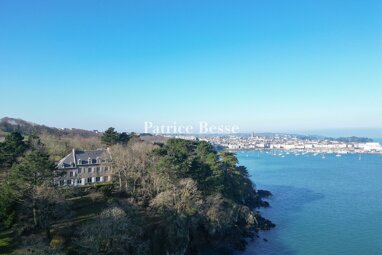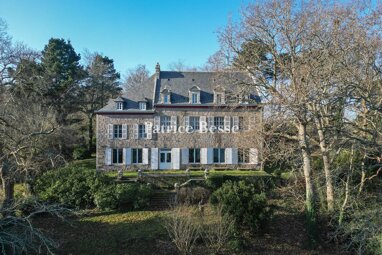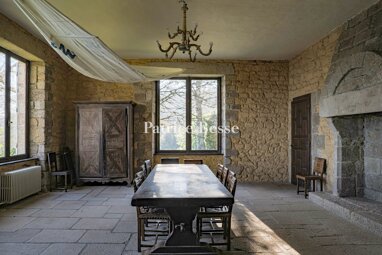A medieval castle with its keep, ramparts and 2 hectares of terraced grounds, overlooking a village and the Tardoire valley, 35 minutes south-west of
A medieval castle with its keep, ramparts and 2 hectares of terraced grounds, overlooking a village and the Tardoire valley, 35 minutes south-west of Limoges.
The citadel lies at the crossroads of ancient trade routes, a place where influences from the Limousin, Périgord and Charente Limousine regions combine in terms of hydrography, climate, landscape and architecture. This particular location at the junction of different regions has resulted in a development based on trading activities such as medieval fairs, and a history marked by the siege of fortresses. Highlight of the Richard Lionheart Route, the castle was built on a rocky outcrop which once provided an efficient defensive position and still dominates the village and the valleys of the Tardoire. Nearby, numerous markets and traditional festivals celebrate chestnuts, apples and mushrooms in summer and winter alike. By road, Paris is 3 hours 40 minutes from the property, Bordeaux 2 hours 30 minutes, Périgueux 1 hour and Limoges and its international airport 35 minutes.
A bird's eye view of the ancient ramparts, in the shape of a polygon, reveals the double enclosure and the monumental dimensions of the impressive castle built on the site of earlier strongholds towards the middle of the 11th century. A number of medieval features have survived to the present day, in particular the corner tower of the main building and the keep in the centre of the courtyard, which rises to a height of 25 m and can be sighted from a distance of several kilometres. In the 17th century, a manor house was added as an extension to the medieval dwelling, probably on its former foundations, providing the estate with a pleasant residence at a human scale.
Outbuildings and the remains of a castle chapel, set in terraced grounds and enclosed by circular ramparts, complete the impressive complex of buildings standing over the surrounding area.
The entire keep and the corner tower are classified as national historical monuments. The facades and roofs of the medieval dwelling adjoining the tower, as well as those of the 17th-century building, are also listed. The sober facades of the various buildings are mostly of rough-hewn stone, those of the 17th-century dwelling of rendered stone, with straight or arched openings, evenly spaced or not, featuring small-paned glass doors, windows and transoms. Shutters protect all the openings, those of the most recent building are painted white. The roofs, with two or four pitches, are of flat or monk-and-nun tiles.
The medieval dwellingBuilt between the 11th and 13th centuries, the main section contains four rooms with solid walls reaching a thickness of up to 2.30 m, topped by very high ceilings that were gradually lowered by successive restorations over the years. Access is via the central courtyard or below via the downstairs rooms. The original roof collapsed over time, with tiles broken only on the east side. It was replaced by a roof structure clad with flat and monk-and-nun tiles featuring a distressed finish.
The ground floor
The guard room, which was also used for celebrations and as a courtroom, is the most emblematic room in the castle: apart from its monumental size, it has a singular history, since the archives mention the death of Richard Lionheart at the foot of its fireplace on 6 April 1199. The ceiling, now a concrete slab, was formerly vaulted and supported by granite columns. The strikingly large openings still feature Gothic windows with trefoil lancets. Alongside the vast hall, which has been converted into a museum of medieval art, a vaulted brick chapel with quarry tile floor protects religious furniture and items that are destined to remain on the premises.
The basement
The two basement rooms, now darkened by filled-in moats, were probably originally used as a living room and kitchen, as ...
